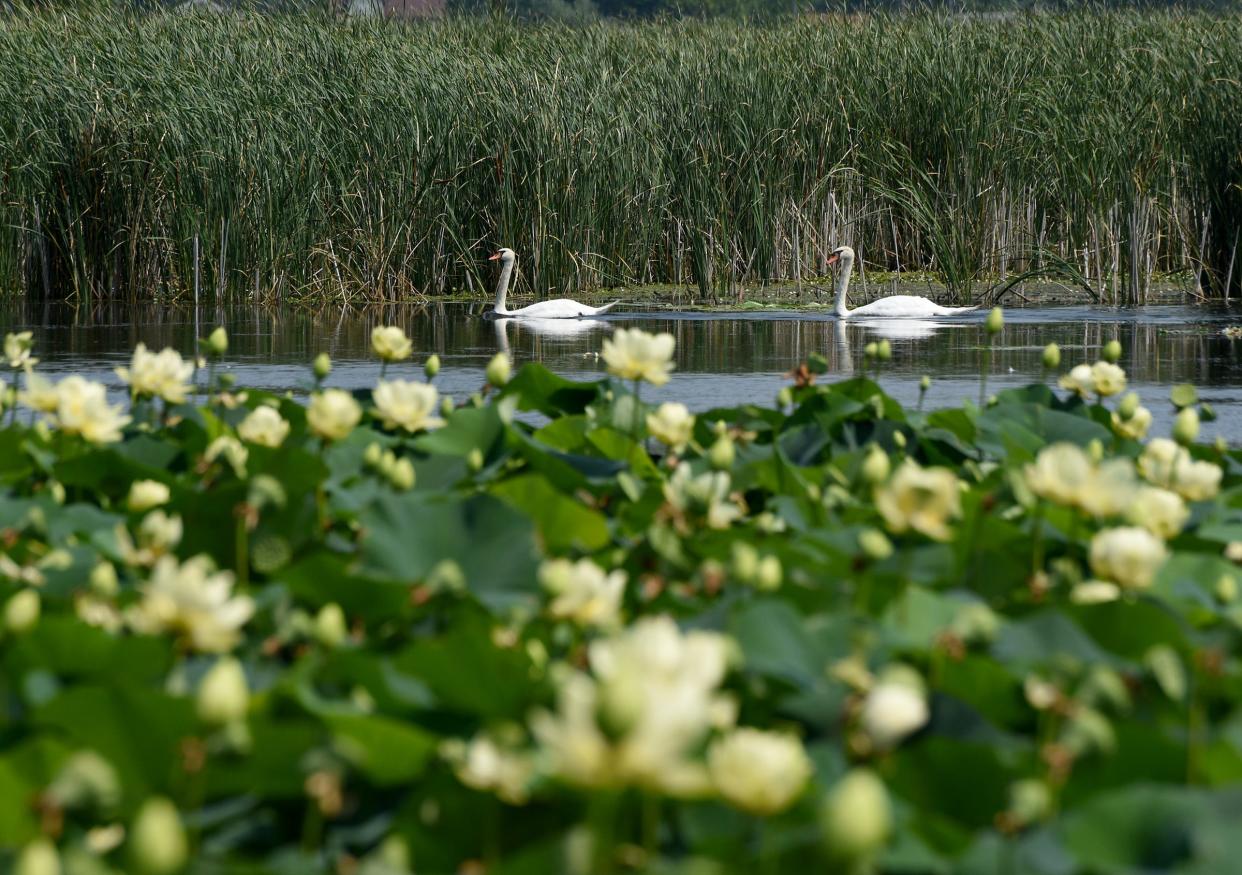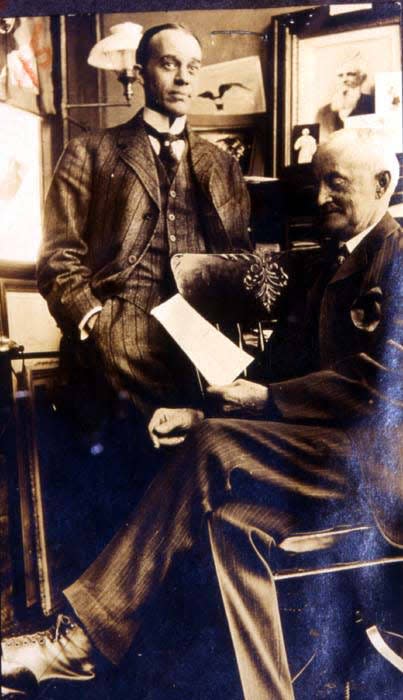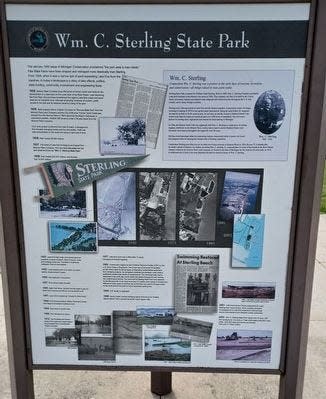Monroe County History: Sterling State Park improvements ongoing

Recently, I communicated with our resident local historian and friend of the environment Dick Micka, whose selfless works to honor Monroe’s history and natural gifts have been profiled frequently on these pages. He told me that he had been invited to participate in the Sterling State Park’s 2023 management planning efforts. Micka was kind enough to share with me some of his thoughts, which I will highlight and editorialize.

The following is the introduction to a letter he wrote to Deborah Jensen, the Michigan Department of Natural Resources’ park management plan administrator: “Thank you for inviting me to attend the the Public Meeting to help guide the Sterling State Park Management Plan on April 11, 2023 at the Frenchtown Township Hall. Since 1938, when the State of Michigan received the property that is now Sterling State Park as a gift, there have been monumental changes not only in topography but in use as well. The number of visitors is nothing short of astronomical, and the benefit to wildlife is equally commensurate. When the U.S. Army Corps of Engineers constructed a 'Confined Disposal Facility' (CDF) at the north end of the Park (construction began in 1982 and the facility was dedicated in 1985) and when K.L. Cool placed the campground for motor vehicles on the south end of the Park, everything changed for the better I might add. People and wildlife co-exist at Sterling State Park.”

According to the April 2003 report “Great Lakes Confined Disposal Facilities” published by the U.S Army Corps of Engineers and the United States EPA, the Corps of Engineers (Corps) has designed, constructed and/or operated 45 confined disposal facilities (CDFs) around the Great Lakes for the disposal of contaminated dredged materials from federal navigation projects. The two agencies jointly regulate the discharge of dredged or fill materials. It is Section 123 of the Rivers and Harbors Act of 1970 that led the Corps to create the dike and filter structure at Sterling State Park.
The Sterling State Park CDF’s series of dikes and filter cells has, as Micka mentions, created enriched natural habitats using the dredged materials. The Sterling State Park CDF is notable for its intense use as a migratory waterfowl nesting area. Both the Corps and the EPA work to remove contaminants and waste that might disturb the migratory waterfowl nesting area as it grows and develops.
Micka feels the Sterling State Park CDF should be a catalyst for future projects, including advertising and using the railing and a pedestrian walkway along the lake-ward side of the CDF. He also advocates taking property along Waterworks Road into a marsh, similar to what the Ohio DNR has done with Howard Marsh, located along Route 2 east of Toledo (an area where I have lived and worked and can attest to the positive impact the project has had on the region).
Micka also advocates for completion of the fish passage project on Sterling State Park’s main access road, which would allow culvert improvements to permit fish to move from Sandy Creek to the River Raisin. In addition, Micka hopes Sterling State Park officials can negotiate with the Ford Motor Co. to acquire land on East Elm Avenue (near the River Raisin shoreline) opposite Monroe Harbor to erect an observatory so visitors can watch cargo vessels navigate Monroe’s Federal Maritime Channel. Since Sterling State Park borders the Mason Run Outlet at East Elm Avenue, the location of and investment in a “Monroe Harbor Observatory” makes sense.
Micka also thanks Sterling State Park leaders for promoting the American lotus’ return to key park wetland areas.
Tom Adamich is president of Visiting Librarian Service, a firm he has operated since 1993. He also is project archivist for the Greening Nursery Co. and Family Archives and the electric vehicle awareness coordinator at Monroe County Community College.
This article originally appeared on The Monroe News: Monroe County History: Sterling State Park improvements ongoing

